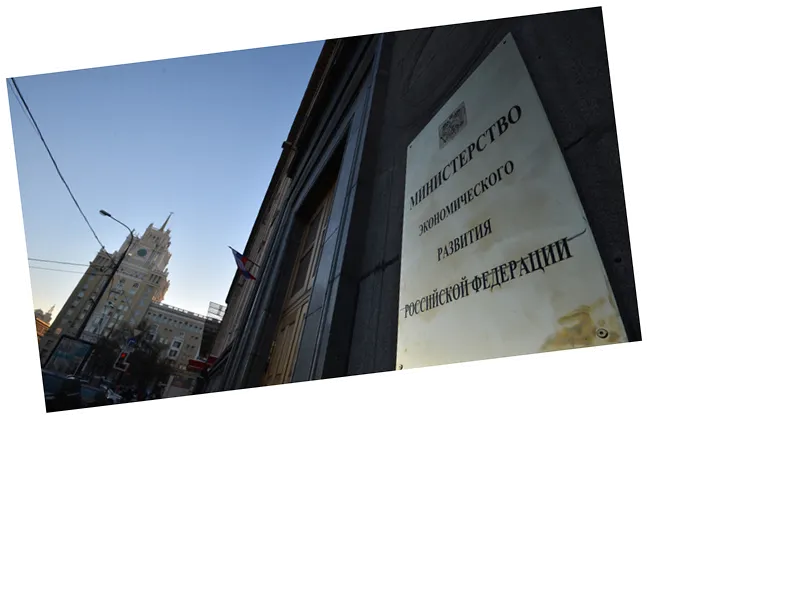Eurozone Inflation and Unemployment Trends in June
Inflation in the euro zone experienced a slight decline in June, dropping to 2.5% year-on-year from 2.6% in May, according to Eurostat figures. This decrease brings the inflation rate closer to the European Central Bank's (ECB) target of 2%. The decline is attributed to a slowdown in food and energy prices, which fell by 0.1 percentage points to 2.5% and 0.2%, respectively, over the year. Core inflation, which excludes volatile energy and food prices, remained stable at 2.9%, contrary to analysts' expectations of a slight decline to 2.8%.
The ECB had previously raised borrowing costs at an unprecedented rate starting in July 2022 to combat soaring inflation, driven by the war in Ukraine. However, in early June, the ECB began to ease its monetary policy slightly by lowering key rates. The deposit rate, which had reached 4% in September, was reduced to 3.75%, offering some relief to real estate credit and business loans.
Unemployment Rates at Historic Lows
The unemployment rate in the euro zone remained stable at 6.4% in May, the lowest level since April 1998, according to Eurostat. This stability comes despite economic stagnation in Europe, largely due to the ECB's interest rate hikes aimed at curbing inflation. Across the 27 EU member states, the unemployment rate was also stable at 6%. Youth unemployment in the euro zone remained at 14.2%, while in the EU it slightly decreased from 14.5% to 14.4%.
In Italy, youth unemployment rose marginally to 20.5% in May from 20.4% in April. Employment in Italy saw a slight decline of 0.1% in May after three months of growth, although it was up 2% compared to May 2023. The inactivity rate in Italy also rose to 33.1%.
In the first quarter of the year, Italy's tax burden increased to 37.1%, up 0.8 percentage points from the previous year, while the net debt of public administrations improved, with the deficit reducing to -8.8% of GDP from -11.6% in the same quarter of the previous year.
- The ECB's decision to lower key rates in June is seen as a strategic move to alleviate some of the financial pressures on businesses and households. By reducing the deposit rate to 3.75%, the ECB aims to stimulate economic activity without compromising its long-term goal of maintaining price stability.
- The job market in the euro zone has shown resilience despite the economic challenges. The stability in unemployment rates suggests that the labor market has been able to absorb some of the shocks from the increased borrowing costs and economic stagnation. This resilience is crucial for sustaining consumer spending and overall economic growth.
- Italy's slight increase in the youth unemployment rate and the rise in the inactivity rate highlight ongoing challenges in the labor market. The increase in the tax burden and the improvement in the deficit indicate that while the government is managing its finances better, there are still significant fiscal pressures that need to be addressed.






